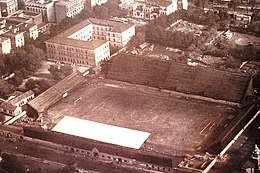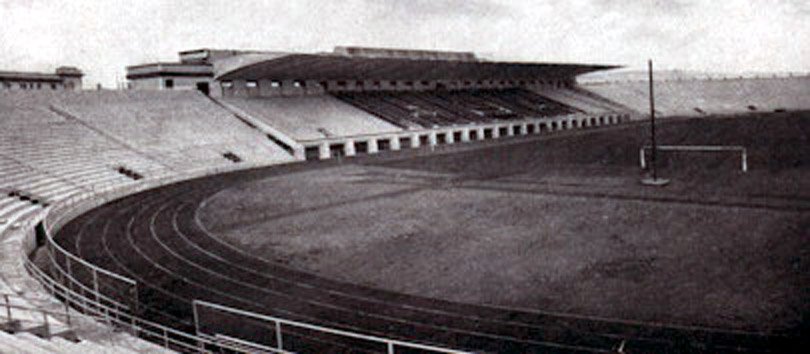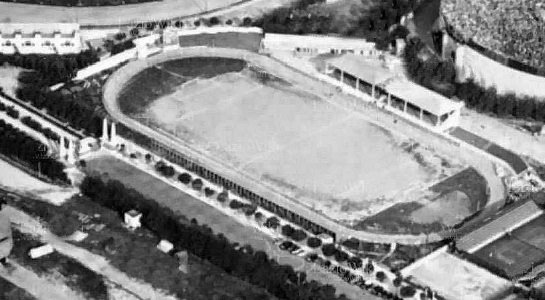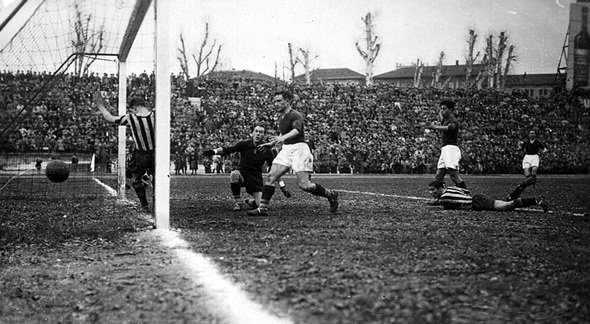English version

Dear friends, lovers of Italian football,
As is now sadly known to all football fans, the current situation linked to government measures does not allow the public into stadiums. The matches of the Serie A, and of all the European leagues, can only be watched on TV and have been taking place for months now in the desolate setting of empty stadiums, where it is no longer possible to hear any other voices except those of the protagonists on the pitch.
To think that up until a year ago these stadiums, which now look like huge stages with a ghostly atmosphere, were filled with the warmth and cheer of the people, logically leaves a lot of bitterness. Nothing lasts forever, at least in this world, and sooner or later I am sure that everything will return to its rightful place in the lives of all of us, and consequently also football fans, like myself, will be able to return to fully enjoy their favourite pastime, attending again places like San Siro, the Olimpico stadium, the Ferraris in Genoa or the Allianz Stadium in Turin.
At this point, an idea occurred to me: at a time when the present does not seem too comforting, why not have fun looking back to the past, to discover how our grandparents went to the stadium? Perhaps some people don't know that before the stadiums we are used to going to on Sundays, there were other equally important and glorious stadiums, which were the theatres of the exploits of champions of ancient times and which saw memorable battles for the conquest of the championships of the past.
Do you want to know where Milan teams played a century ago, which stadiums were in the capital or what kind of crowd Juventus used to play in? Here are five glorious stadiums that have hosted Serie A matches, which although hardly anyone knows today as they are no longer in use, were once the home of football fans in various Italian cities.
Corso Marsiglia Stadium (Turin)
Team: Juventus
Perhaps not everyone knows that, before the Allianz Stadium, even a century ago, Juventus was at the forefront in Italy as far as stadiums were concerned, building the Juventus Field, better known as the Corso Marsiglia Stadium, the first Italian sports facility built entirely of reinforced concrete and equipped with an artificial lighting system.
The Juventus home could hold 25,000 spectators, all with their own seats, and Juventus played there for eleven championships, from 1922 to 1933, winning four championships and also lending the facility to the national team on one occasion. It was destroyed during the Second World War when Turin was bombed.
Campo Testaccio (Rome)
Team: AS Roma
Built in the Testaccio district, the Campo Testaccio was the home of AS Roma for eleven years, from 1929 to 1940: the team played 161 matches there, winning 103 and losing only 26.
It was designed by the engineer Silvio Sensi, father of Franco Sensi who would become the future president of the team, inspired by English stadiums and the twenty thousand seats available in the stands were painted entirely in yellow and red, the team's social colours.
Legend has it that every Roma coach lived in the purpose-built house next to the stadium, which has become a symbol for the club's fans. The life of the Campo Testaccio was not very long, however, as it was demolished in 1940 due to major structural defects.
Giorgio Ascarelli Stadium (Naples)
Team: Napoli
Built at the behest of the first president of the Napoli, Giorgio Ascarelli, the stadium, also known as the Stadio Partenopeo or Stadio Vesuvio, was completed in 1930, with bleachers made entirely of wood and able to accommodate about twenty thousand spectators.
In view of the 1934 Italian World Cup, it was entirely rebuilt in reinforced concrete, doubling its capacity to forty thousand seats. In 1937, the club, the only one in Italy, allowed women free entry and continued to use the stadium until 1942, when it was destroyed by bombing during the Second World War.
It remains the only stadium owned by Napoli in almost a century of the club's history.
Rondinella Stadium (Rome)
Team: SS Lazio
SS Lazio also once had its own stadium, the construction of which was strongly supported by the then president Fortunato Ballerini. Inaugurated in 1914 with the home team's 3-2 victory over Audace, the Rondinella Stadium, after its renovation following the First World War, could count on three stands, painted in the team's colours, and could accommodate over fifteen thousand spectators.
This stadium also hosted the first Roman derby in history, in the 1929/30 season, won by AS Roma 1-0. It was destroyed by fire in 1957, and the remains demolished to transform the area into a car park.
Virgilio Fossati Field (Milan)
Team: Inter
Inaugurated on 1 January 1913 with the Inter-Lazio match, which ended 3-1 in favour of the home team, it was first known as the Campo Goldoni, and was then dedicated in 1928 to the memory of the historic Nerazzurri captain Virgilio Fossati, who had died in the war twelve years earlier.
The structure, completely made of wood, was abandoned in 1930 after the match that won the Scudetto between Inter and Genoa, due to the collapse of some of the bleachers, which were full of spectators and caused almost two hundred injuries. The Milanese team won the championship that year, but was forced to close the stadium because of its danger and move to the Arena Civica from the following season.
Thanks for reading, see you in the next article about Italian football. Ciao!
Read also:
- Serie A review, 18th round
- Fan stories, ep. 16 (Juventus v Napoli 2-0)
- Italian Cup review (round of 16)
- Italian Supercup: the five most exciting finals
- AC Milan v Atalanta: best matches of the past
Versione italiana
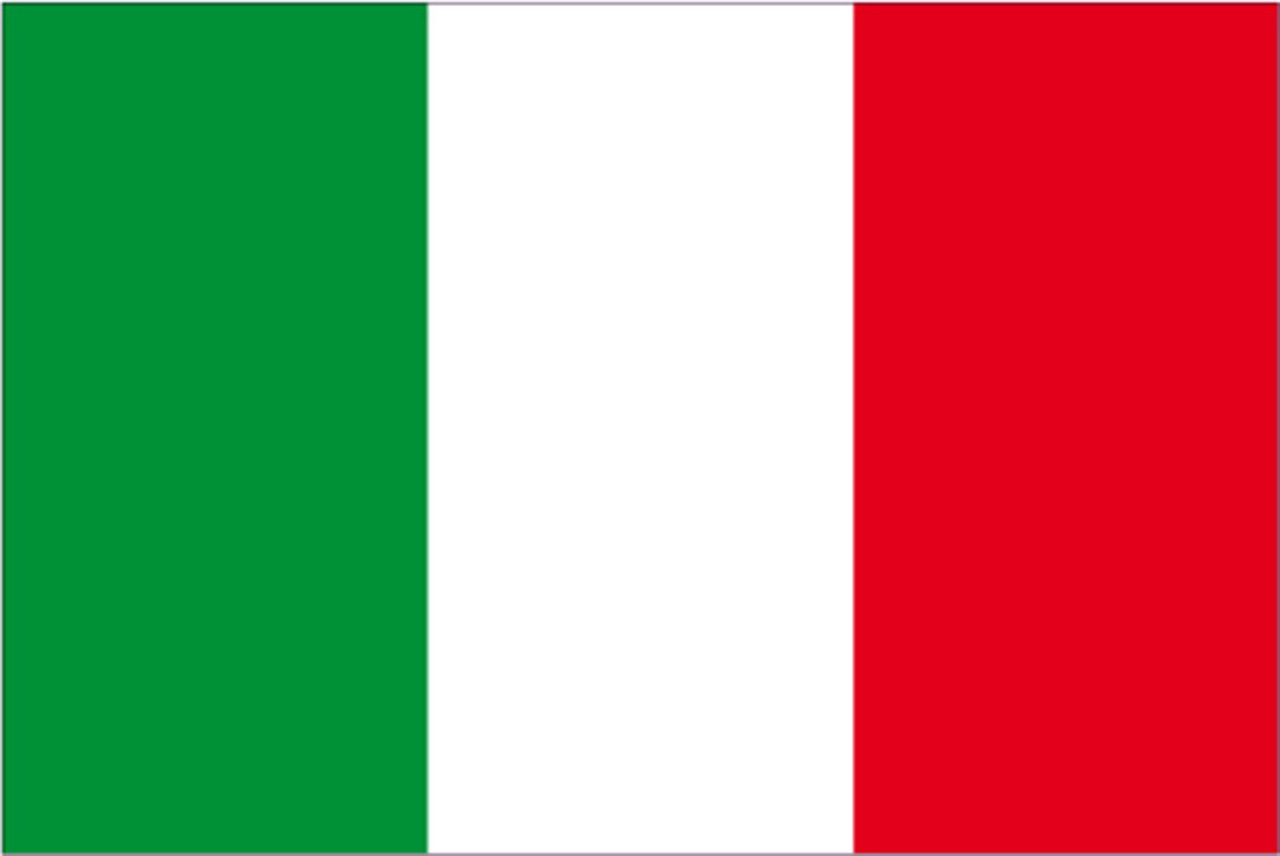
Cari amici, amanti del calcio italiano,
come ormai è tristemente noto a tutti gli appassionati, la situazione attuale legata ai provvedimenti adottati dai governi non permette l'ingresso del pubblico negli stadi. Le partite della Serie A, e di tutti i campionati europei, sono fruibili solo in TV e si svolgono ormai da mesi nelle desolanti cornici degli stadi vuoti, nei quali non è più possibile ascoltare altre voci se non quelle dei protagonisti in campo.
Pensare che fino ad un anno fa questi impianti, che ora appaiono come enormi palcoscenici dall'atmosfera spettrale, venivano riempiti dal calore e dal tifo delle persone, lascia come logico molta amarezza. Nulla dura per sempre, almeno su questo mondo, e presto o tardi sono convinto che ogni cosa tornerà al posto giusto nelle vite di tutti noi, e di conseguenza anche i calciofili, come il sottoscritto, potranno tornare a godere appieno del loro passatempo preferito, frequentando nuovamente posti come San Siro, lo stadio Olimpico, il Ferraris di Genova o l'Allianz Stadium di Torino.
A questo punto mi è venuta in mente un'idea: in un momento in cui il presente non appare troppo confortante, perchè non divertirci a rivolgere lo sguardo al passato, per scoprire in che modo i nostri nonni si recavano allo stadio? Forse alcuni ignorano infatti, che prima degli stadi nei quali siamo abituati a recarci la domenica, ne esistevano altri altrettanto importanti e gloriosi, che sono stati teatri delle gesta di campioni di epoche antiche e che hanno visto accadere memorabili scontri per la conquista degli scudetti del passato.
Volete sapere dove giocavano le squadre milanesi un secolo fa, quali erano gli impianti della capitale o in che cornice di pubblico era solita scendere in campo la Juventus? Ecco di seguito cinque stadi gloriosi che hanno ospitato al loro interno le partite della Serie A, che sebbene al giorno d'oggi quasi nessuno conosce in quanto non più utilizzati, furono un tempo casa abituale dei tifosi di calcio delle varie città italiane.
Stadio di Corso Marsiglia (Torino)
Squadra: Juventus
Forse non tutti sanno che, prima dell'Allianz Stadium, anche un secolo fa, la Juventus fu all'avanguardia in Italia per quel che riguarda lo stadio, costruendo il Campo Juventus, più noto come Stadio di Corso Marsiglia, primo impianto sportivo italiano realizzato interamente in cemento armato e dotato di sistema di illuminazione artificiale.
La casa bianconera poteva contenere venticinquemila spettatori, tutti con proprio posto a sedere, e la Juventus ci giocò per undici campionati, dal 1922 al 1933, vincendo quattro scudetti e prestando l'impianto anche in un'occasione alla nazionale. Venne distrutto durante la seconda guerra mondiale dai bombardamenti che colpirono Torino.
Campo Testaccio (Roma)
Squadra: AS Roma
Costruito nel quartiere omonimo, il Campo Testaccio fu la casa dell'AS Roma per undici anni, dal 1929 al 1940: al suo interno la squadra capitolina disputò 161 partite, vincendone 103 e perdendo solamente 26 volte.
Venne progettato dall'ingegnier Silvio Sensi, padre di Franco Sensi destinato a diventare il futuro presidente della squadra, ispirandosi agli stadi inglesi e i ventimila posti disponibili sulle tribune erano dipinti interamente di giallo e rosso, colori sociali della squadra.
La leggenda narra che ogni allenatore della Roma abitasse nella casa appositamente costruita accanto allo stadio, divenuto luogo simbolo per i tifosi della società capitolina. La vita del Campo Testaccio non fu tuttavia molto lunga, dato che venne abbattuto nel 1940 a causa di importanti difetti strutturali.
Stadio Giorgio Ascarelli (Napoli)
Squadra: Napoli
Edificato per volontà del primo presidente del Napoli, Giorgio Ascarelli, lo stadio, noto anche come Stadio Partenopeo o Stadio Vesuvio, venne ultimato nel 1930, con gradinate interamente in legno in grado di poter ospitare circa ventimila spettatori.
In vista dei mondiali italiani del 1934 venne interamente ricostruito in cemento armato, raddoppiando la capienza a quarantamila posti; nel 1937 la società, unica in Italia, permise l'ingresso libero alle donne e continuò ad utilizzare l'ìmpianto fino al 1942, quando venne distrutto dai bombardamenti della sconda guerra mondiale.
Rimane l'unico stadio di proprietà del Napoli in quasi un secolo di storia del club.
Stadio Rondinella (Roma)
Squadra: Lazio
Anche la SS Lazio aveva un tempo il suo stadio, la cui costruzione venne voluta a tutti i costi dall'allora presidente Fortunato Ballerini. Inaugurato nel 1914 con la vittoria della squadra di casa per 3-2 sull'Audace, lo Stadio Rondinella, dopo la ristrutturazione avvenuta in seguito alla prima guerra mondiale, poteva contare su tre tribune, dipinte dei colori della squadra, ed ospitare oltre quindicimila spettatori.
In questo stadio si è disputato anche il primo derby romano della storia, nella stagione 1929/30, vinto dalla Roma per 1-0. Venne distrutto da un incendio nel 1957, e i resti demoliti per trasformare l'area in un parcheggio.
Campo Virgilio Fossati (Milano)
Squadra: Inter
Inaugurato il 1° gennaio 1913 con la partita Inter-Lazio, terminata 3-1 in favore della squadra di casa, fu dapprima noto con il nome Campo Goldoni, per poi essere dedicato nel 1928 alla memoria dello storico capitano nerazzurro Virgilio Fossati, morto in guerra dodici anni prima.
La struttura, completamente in legno, venne abbandonata nel 1930 dopo la partita valevole per lo scudetto tra Inter e Genoa, a causa del cedimento di alcune gradinate che, stracariche di spettatori, cedettero causando quasi duecento feriti. La formazione meneghina vincerà quell'anno lo scudetto, ma sarà costretta a chiudere l'impianto per la sua pericolosità e a trasferirsi, dalla stagione successiva, all'Arena Civica.


,_Turin.jpg)
